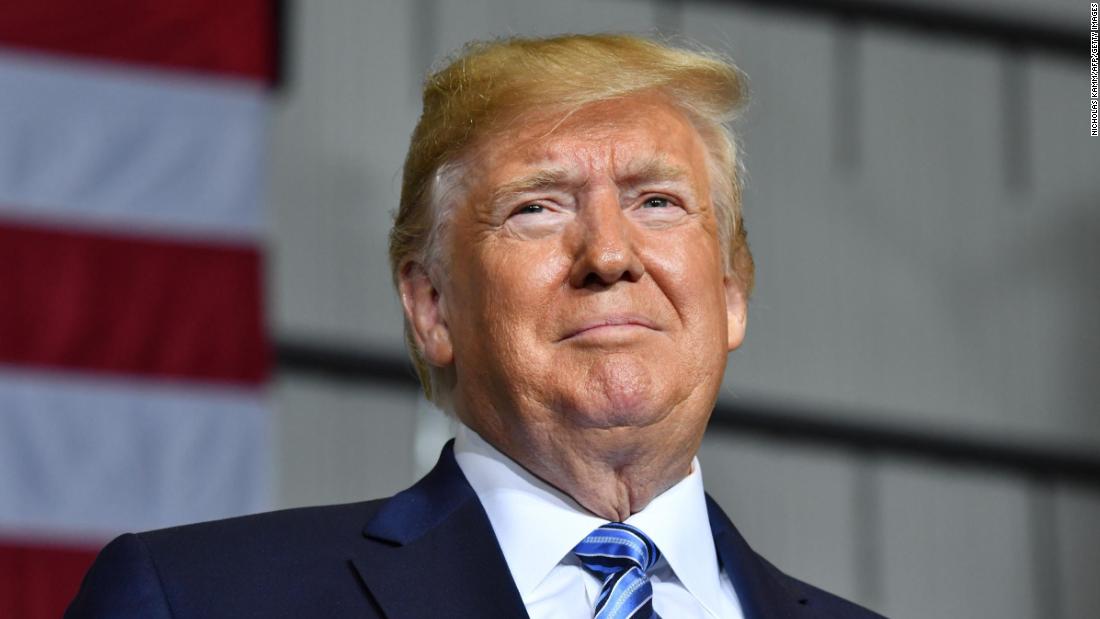[ad_1]
Standing before his helicopter, Trump told the press, “We’re looking at the whole gun situation. These people are mentally ill, and nobody talks about that. I think we have to start building institutions again, because you know, if you look at the ’60s and the ’70s, so many of these institutions were closed, and the people were just allowed to go onto the streets.”
None of this is true. First, we don’t need to build more institutions. Second, the deinstitutionalization to which Trump refers — a process begun in the 1960s of systematic closing of state mental facilities and, ideally, accompanied by the creation of alternative means of support — may have created many new problems, mainly due to the lack of that second part, creating alternative supports. The pathway forward isn’t to recreate the savage asylums of the past.
Third, the truth is that people talk about mental illness, especially after mass shootings, because it’s politically easier to regulate the bodies of disabled people than the weapons used to kill.
For example, New York Gov. Andrew Cuomo recently proposed creating a national mental health database, something he’s already done in his home state. Not only is this a violation of civil liberties, a federal registry of those Cuomo considers at risk of future crime, but there is no evidence of an easy causal linkage between gun violence and mental illness except, as journalist S.E. Smith has written, when it comes to suicide. In fact, the idea that mental illness is a principal cause of gun violence has been debunked by emergency medicine experts Dr. Megan Ranney and Dr. Jessica Gold, and Kathleen Flaherty, a Harvard-educated lawyer and survivor of involuntary commitment who is now executive director of the Connecticut Legal Rights Project.
What’s more, deinstitutionalization is not associated with gun violence either. Around the world, many countries have moved away from asylums, yet only in the US is gun violence surging. Mental health registries and asylums won’t make America safer from gun violence. Pouring resources into asylums does nothing to address the untreated mental health issues of vulnerable populations or close the mental health access gap between white and non-white communities. Meanwhile, mentally ill people will continue to be much more likely to experience violence than to perpetrate it, even as we are stigmatized as future mass shooters.
But what registries could do is provide a convenient tool for locking people up in Trump’s new asylums. I have clinical depression and an anxiety disorder. In my worst moments, I’ve experienced significant disassociation and hyper-mania. I’ve never acted violently against myself or others, but I’ve been at risk of self-harm, especially that one cold night in a Minnesota February, temperatures plummeting down below zero, where I almost launched myself out the front door to “take a walk,” which at the time seemed like a rational choice.
As a white man, I will never be as likely to suffer state-sanctioned violence as people from marginalized communities. Still, I can easily imagine a bad sequence of events that gets me put on the kind of registry that Cuomo is proposing, then gives Trump and his kind license to strip away my rights and even freedom.
Progress away from the bad old days of asylums, the institutions Trump is lamenting having closed, has not been linear. The great wave of deinstitutionalization in the 1970s and 1980s was not accompanied by adequate community supports. The rise of mass incarceration since the 1990s, along with continuing gaps in mental health support, has led to both homelessness and the use of jails and prisons to incarcerate people with mental illness, especially those of color or from other marginalized populations. But just locking people back up in asylums isn’t the answer.
Well-managed inpatient psychiatric hospital care is an important component of a robust mental health support system, but only when paired with programs like supportive housing, universal mental health care, and access to assertive community treatment (daily, individualized, care inside a person’s home and community that focuses on long-term sustainable life success as well as directly treating active mental health symptoms). That robust web of support won’t come cheaply, but it will almost certainly be more just, more effective, and likely much less expensive than building new psychiatric prisons.
In the wake of mass shootings in California, Texas, and Ohio, I argued that we cannot arm and armor our way to a safer society. We also cannot incarcerate disabled people and expect to be safer, let alone a more just society, even if we use euphemisms like “institutions.”
The solution remains the same: regulate guns, not disabled people.
[ad_2]
Source link


